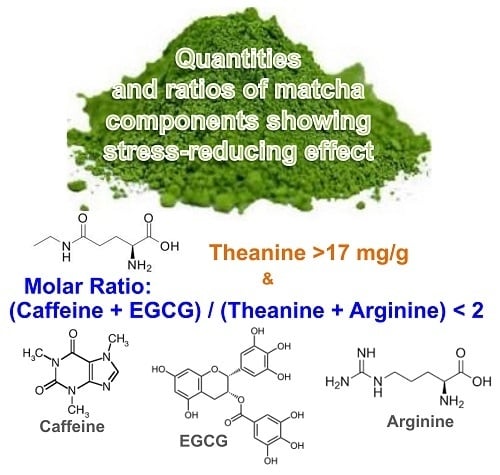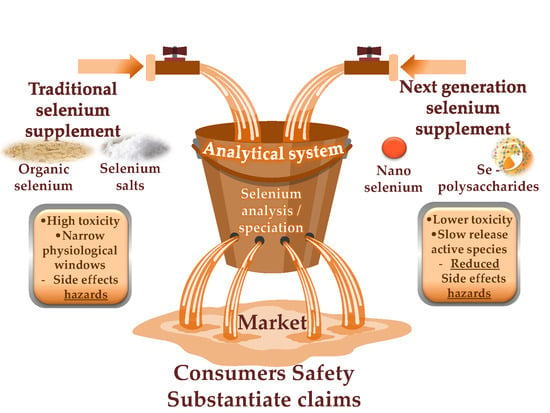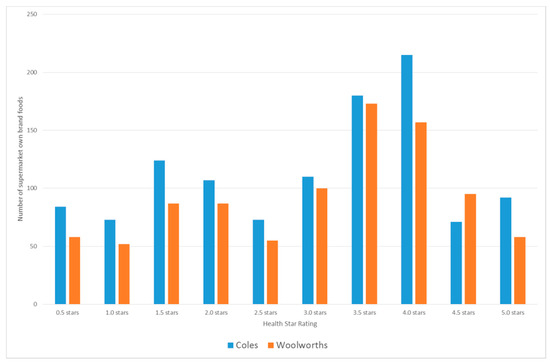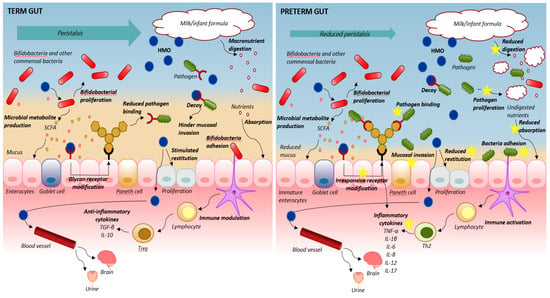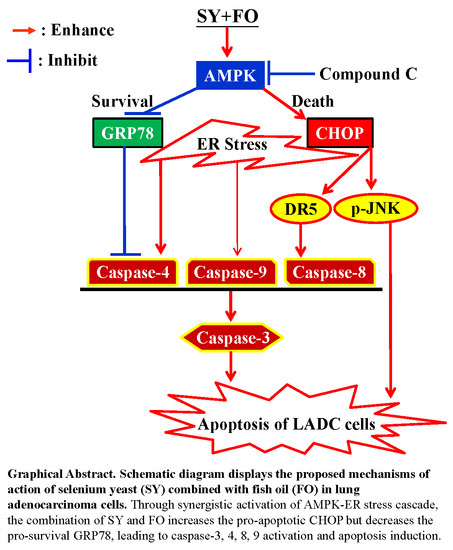Nutrients 2018, 10(10), 1472; https://doi.org/10.3390/nu10101472 - 10 Oct 2018
Cited by 28 | Viewed by 5468
Abstract
The use of probiotics among very low-birth-weight infants is constantly increasing, as probiotics are believed to reduce the incidence of severe diseases such as necrotizing enterocolitis and late-onset sepsis and to improve feeding tolerance. However, despite the enthusiasm towards these products in neonatal
[...] Read more.
The use of probiotics among very low-birth-weight infants is constantly increasing, as probiotics are believed to reduce the incidence of severe diseases such as necrotizing enterocolitis and late-onset sepsis and to improve feeding tolerance. However, despite the enthusiasm towards these products in neonatal medicine, theoretical knowledge and clinical applications still need to be improved. The purpose of this review is to give an overview of the most important gaps in the current literature about potential uses of probiotics in preterm infants, highlighting promising directions for future research. Specifically, further well-designed studies should aim at clarifying the impact of the type of feeding (mother’s milk, donor milk, and formula) on the relationship between probiotic supplementation and clinical outcome. Moreover, future research is needed to provide solid evidence about the potential greater efficacy of multi-strain probiotics compared to single-strain products. Safety issues should also be addressed properly, by exploring the potential of paraprobiotics and risks connected to antibiotic resistance in preterm infants. Last, in light of increasing commercial and public interests, the long-term effect of routine consumption of probiotics in such a vulnerable population should be also evaluated.
Full article
(This article belongs to the Special Issue Probiotics and Prebiotics in Pediatrics)

